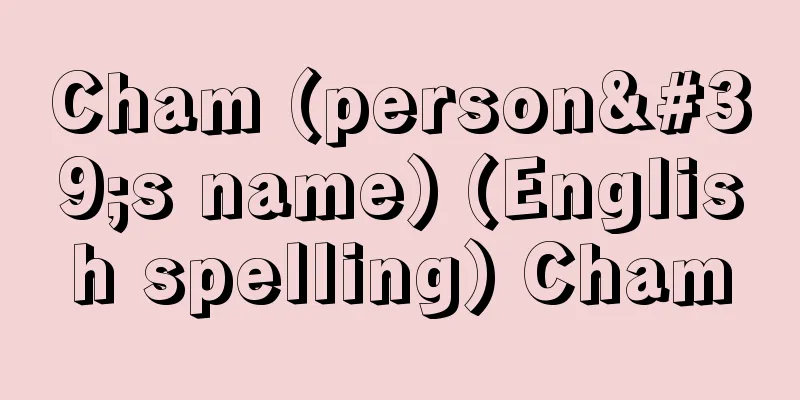Dubrovnik - Dubrovnik (English spelling)

|
A city in the south of the Republic of Croatia. It is located in the southernmost part of the Dalmatia region. It is the country's largest tourist city and has a port. It has a population of 43,770 (2001). The city is located on the surface of a promontory jutting out into the sea, with 300-1,000 meter limestone mountains behind it. It is hardly affected by the southeasterly wet winds of the Sirocco or the northerly winds of the Bora. It is a fortified city that has almost completely retained its medieval appearance, and is called the "Pearl of the Adriatic". In 1979 it was registered as a World Heritage Site (World Cultural Heritage) (it was re-registered in 1994). It has the 16th century Sponza Palace, the Governor's Palace, the city hall, the city walls, the Baroque cathedral, and the Romanesque Franciscan church, but many of the buildings were partially renovated after the great earthquake of 1667. There are also food processing and chemical industries, but the main industry is tourism. A high-quality art festival is held every summer. [Kazuko Urushibara] historyFounded as a Byzantine city in the 7th century and called Ragusa, it had already become a city of South Slavs (mainly Croats) around the 10th century. It was under the control of the Byzantine Empire until the beginning of the 13th century, and was incorporated into the territory of Venice until 1358, and then Hungary, but the shipping industry flourished and the city accumulated wealth through commercial activities. When the Ottoman Empire invaded, the city gained independence by paying taxes. As the Dubrovnik Republic, it prospered through trade with the Balkan interior and the Mediterranean region, and adopted the motto "Libertas (Freedom)". It was devastated by a major earthquake in 1667, but was rebuilt. In 1806, Napoleon occupied it and ruled it as the "Illyrian Provinces". After Napoleon's defeat, it became part of Austria, and after World War I, it became part of the Kingdom of Yugoslavia. In 1991, Croatia gained independence from the former Yugoslavia. Parts of the town were bombed during the early Croatian Civil War (1991-1995), but were repaired and restored after the conflict ended. [Yoshihiro Shiba] [References] |Source: Shogakukan Encyclopedia Nipponica About Encyclopedia Nipponica Information | Legend |
|
クロアチア共和国南部の都市。ダルマチア地方最南部に位置する。同国最大の観光都市で、港がある。人口4万3770(2001)。背後には300~1000メートルの石灰岩の山地が迫り、町は海に突き出た岬の表面を覆うように位置している。南東の湿風シロッコや北風ボラの影響をほとんど受けない。城塞(じょうさい)都市で、中世の町の姿をほぼ完全に残しており、「アドリア海の真珠」と称され、1979年には世界遺産の文化遺産(世界文化遺産)に登録された(1994年に再登録)。16世紀のスポンザ宮、総督宮、市庁舎、市壁、バロック様式の大聖堂、ロマネスク様式のフランチェスコ派教会などがあるが、1667年の大地震ののち一部改修した建物も多い。食品加工、化学工業もあるが、産業の主力は観光である。毎年夏に水準の高い芸術祭が開催される。 [漆原和子] 歴史7世紀にビザンティン帝国の都市として建設され、ラグーザRagusaとよばれたが、10世紀ごろにはすでに南スラブ人(主としてクロアチア人)の都市になる。13世紀初めまでビザンティン帝国の支配下に置かれ、1358年まではベネチア、その後はハンガリーの領土に組み込まれたが、海運業が栄え、商業活動で富を蓄えた。オスマン帝国の進出に際し、租税を払うことによって独立を獲得した。ドゥブロブニク共和国として、バルカン内陸部と地中海地域との交易で栄え、「リベルタス(自由)」の標語を掲げた。1667年大地震に襲われ、壊滅的な打撃を受けるが復興。1806年にナポレオンが占領し、「イリリア諸州」として統治した。ナポレオン敗退後オーストリア領となり、第一次世界大戦後ユーゴスラビア王国領となった。1991年、クロアチアは旧ユーゴスラビアから独立した。クロアチア内戦(1991~1995)当初、町の一部が爆撃をうけたが、内戦終結後に修復と復旧がなされた。 [柴 宜弘] [参照項目] |出典 小学館 日本大百科全書(ニッポニカ)日本大百科全書(ニッポニカ)について 情報 | 凡例 |
<<: Study of the same vocabulary - Dobun Iko
Recommend
Takin - Takin (English spelling)
An animal of the order Artiodactyla, family Bovid...
Alepisauridae
...The stomach contents of the waterfish are know...
Umbelliferae
…Young leaves are used in soups, dipping dishes, ...
Tagirihime no Mikoto - Tagirihime no Mikoto
A goddess who appears in the Kojiki and Nihonshoki...
Alfonso III
Around 852 - 910 or 911 The greatest and last king...
Abt, R.
…A cogwheel railway invented by Roman Abt (1850-1...
Kamokogo Tomb - Kamogokofun
…The first of the four types to appear were stone...
Noriyuki Ogushi
…In the middle of the Kamakura period, he became ...
Kankochin - Kankochin
…It is located in the northwest of the Chengdu Pl...
Gotong-Royong (English spelling)
A custom of the Indonesian villages (desas) in Jav...
Palace (music) - Kyu
…Also called five tones. The five scale notes set...
Electrophotography
Electrophotography is an image formation method t...
Kawano Summer Orange - Kawano Summer Orange
…It is usually impossible to distinguish it from ...
Campagnola, G. (English spelling) Campagnola G
…There are engravings and etchings. Giulio Campag...
Greek mythology
Mythology is a mythology told in extant ancient G...









